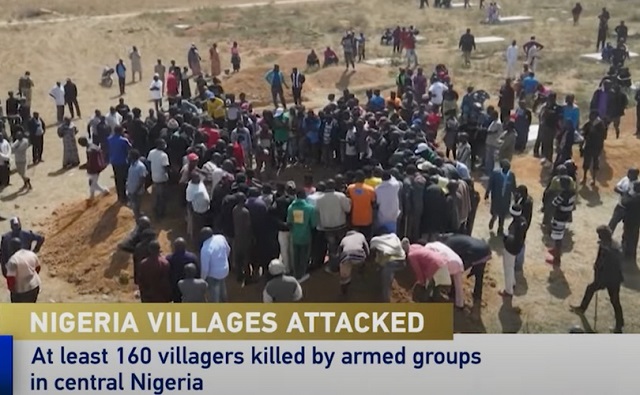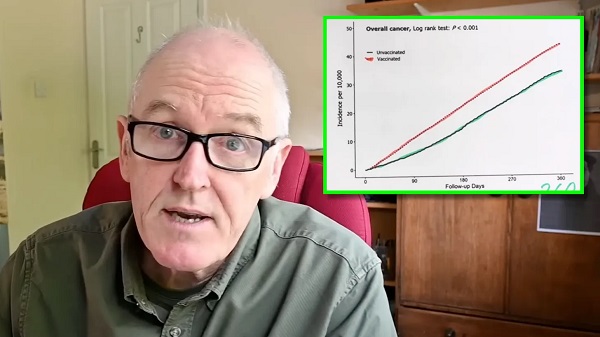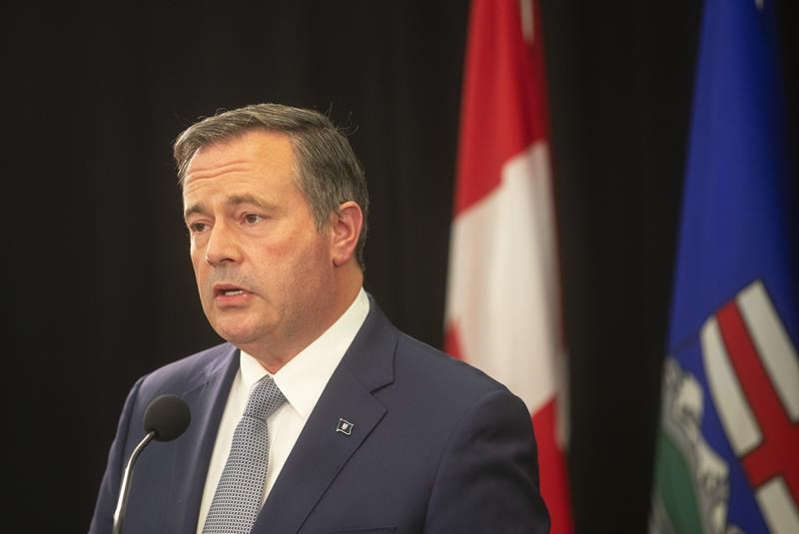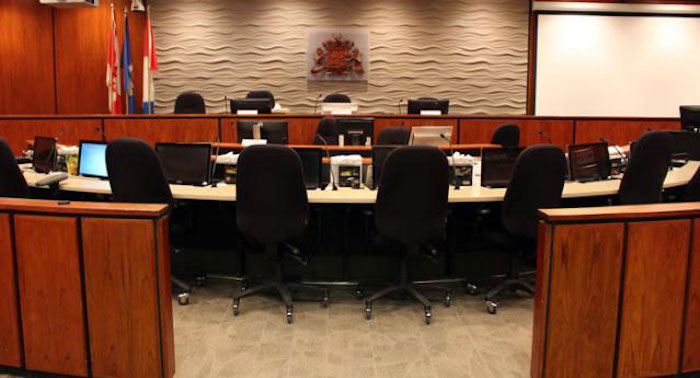conflict
Hundreds of Nigerian Christians killed, injured in brutal attack over Christmas

From LifeSiteNews
“Not a day goes by when Christians are not terrorized in western Africa in the most grotesque ways imaginable”
More than 100 Nigerian Christians were brutally murdered and hundreds more were injured in brutal attacks carried out over Christmas, according to numerous reports.
The attackers struck more than 20 villages in a range of counties of Nigeria’s Plateau State on Christmas Eve, according to International Christian Concern.
Reports vary concerning the number of people killed, with estimates ranging from between 140 and nearly 200 people in the majority-Christian areas. Many of those killed were women, children, and the elderly.
International Christian Concern cited numbers from Amnesty International Nigeria, which said that a total of 194 people had been killed in the attacks. The group also said that over 300 people were injured and some 29,350 were displaced.
Christianity Today reported that the massacres are suspected to have been carried out by “extremists among Fulani Muslim herdsman against Christian farming communities.”
Reacting to the massacres, Nigeria’s International Society for Civil Liberties and Rule of Law (Intersociety) openly declared that they see “the latest butcheries” of “not less than 160 defenseless Plateau Christians” as evidently the “clear handiwork of Fulani Jihadists (Jihadist Fulani Herdsmen and Jihadist Fulani Bandits)” as well as “conspiratorial security chiefs and operatives particularly the operatives of the Nigerian Army, the Nigeria Police Force and the DSS.”
The organization expressed suspicion that the murders were carried out as a “coordinated revenge killing” in response to two airstrikes by the Nigerian Defense Headquarters of the Nigerian Armed Forces that killed more than 120 innocent Muslims taking part in a festival on December 3.
“The ‘class criminalization’ sort of revenge killing of over 160 defenseless Plateau Christians must have also arisen from ‘transfer of criminality responsibility’ through class criminalization and ethno-religious hatred and bigotry,” the organization surmised.
A spokesperson for the U.S. State Department told Fox News Digital that the “U.S. Mission in Nigeria condemned the recent attacks in Plateau State and expressed heartfelt condolences for the tragic loss of life.”
“Not a day goes by when Christians are not terrorized in western Africa in the most grotesque ways imaginable,” he said. “Christians are killed for sport, especially Christian children.”
He also suggested that reported murders do not reflect the true numbers.
“For every massacre which you hear about there are probably 10 others which happened in the shadows,” the spokesperson said. “The death tolls are routinely in the hundreds.”
International Christian Concern reported that “Nigeria is one of the most dangerous places for Christians, particularly in the Middle Belt region,” noting that millions of Christians have been displaced in the region and over 50,000 have been murdered in the past two decades alone.
Suspicion concerning the involvement of local Islamic jihadists comes as the phenomenon increased in recent years in Africa amid unsuccessful efforts by western militaries to curb its spread, LifeSiteNews previously reported.
A 2021 report by the Brookings Institute noted that “jihadi insurrections have persisted and are even expanding” in several geographical regions in Africa, including “West Africa, with the border region between Mali, Niger, and Burkina Faso particularly affected.”
The rise of the Islamic terror threat comes “[d]espite massive efforts by European nations and the United States — with France and the United Kingdom on the front lines,” the report continued, noting that the U.S. had roughly 6,000 boots on the ground at the time in Africa. Most were tasked with combating the jihadist terror groups.
And recent Islamic violence isn’t isolated to Africa.
Last month, four people were killed and dozens injured in the bombing at a Catholic Mass on a university campus in the Philippines on Sunday. ISIS militants claimed credit for the attack.
In October, hostilities in a decades-long conflict between the Muslim government of Azerbaijan and a small group of Armenian Christians broke out anew, killing hundreds and forcing nearly all of the roughly 120,000 Christian residents of a region known as Nagorno-Karabakh to flee to Armenia.
And on October 7, Islamic Hamas terrorists invaded Israel from the Gaza Strip, mutilating, raping, and murdering over 1,000 civilians, including women, children, and the elderly, and injuring thousands more. Hundreds of Israeli Defense Forces soldiers were also killed in the blitz, and nearly 250 people were taken hostage, launching the Middle East back into bloody conflict as Israel declared war with the stated intention of eliminating Hamas.
Artificial Intelligence
AI Drone ‘Swarms’ Unleashed On Ukraine Battlefields, Marking New Era Of Warfare


From the Daily Caller News Foundation
Artificial intelligence-powered drones are making their first appearances on the battlefield in the Russia-Ukraine war as warfare creeps closer to full automation.
In bombardments on Russian targets in the past year, Ukrainian drones acting in concert were able to independently determine where to strike without human input.
It’s the first battlefield use of AI “swarm” technology in a real-world environment, a senior Ukrainian official and Swarmer, the company who makes the software, told the Wall Street Journal in a Tuesday report. While drones have increasingly defined modern battlefields, swarms until now had been confined to testing rather than combat.
“You set the target and the drones do the rest,” Swarmer Chief Executive Serhii Kupriienko told the WSJ. “They work together, they adapt.”
So far, the Swarmer technology has been used hundreds of times to target Russia assets, but was first used a year ago to lay mines on the front, the Ukrainian official told the WSJ. The software has been tested with up to 25 drones at once, but is usually utilized with only three.
Kupriienko told the WSJ that he was preparing to test up to 100 drones at once with the linking software.
A common arrangement used on the battlefield includes one reconnaissance drone to scout out the target and two explosive drones delivering the payload on target, the official told the WSJ.
While Western nations such as the U.S., France and the United Kingdom are also pursuing drone swarm technology, they have not deployed swarm technology on the battlefield the way Ukraine has, according to the WSJ. Currently, autonomous weapons are not regulated by any international authority or binding agreement, but ethical concerns around the technology has led many to call for increased regulation of weapons like the Swarmer system.
The Ukrainian Ministry of Foreign Affairs did not immediately respond to the Daily Caller News Foundation’s request for comment.
conflict
Trump Pentagon Reportedly Blocking Ukraine From Firing Western Missiles Deep Into Russia


From the Daily Caller News Foundation
The Department of Defense has spent months blocking the Ukrainian military from using American and British-made missiles to hit targets deep inside Russia, The Wall Street Journal reported Sunday, citing unnamed U.S. officials.
Undersecretary of Defense for Policy Eldridge Colby reportedly designed the procedure to review requests to carry out the long-range strikes with weapons that are either of U.S. origin or that require American intelligence or use components provided by the U.S., according to the WSJ. Secretary of Defense Pete Hegseth reportedly has the final say on whether Ukrainian forces can use the MGM-140 ATACMS (Army Tactical Missile System) to hit targets in Russia.
The reported blocks on missile strikes coincides with a Trump administration effort to broker a peace deal between Russia and Ukraine. A Pentagon spokesperson declined to comment further on the matter.
BREAKING: President Vladimir Putin reacts to B-2 Flyover pic.twitter.com/1mzVn7DxlW
— Jack Poso 🇺🇸 (@JackPosobiec) August 15, 2025
The Biden administration allowed Ukraine to carry out strikes with ATACMS in November, weeks after President Donald Trump won the 2024 election, the New York Times reported. Trump criticized the move during a December interview with Time magazine.
“It’s crazy what’s taking place. It’s crazy,” Trump said. “I disagree very vehemently with sending missiles hundreds of miles into Russia. Why are we doing that? We’re just escalating this war and making it worse. That should not have been allowed to be done.”
Trump and Russian President Vladimir Putin met in Alaska on Aug. 15 for a summit meeting during which Trump sought to secure a cease-fire in Russia’s war with Ukraine. As Trump greeted Putin, a B-2A Spirit stealth bomber and several fighters carried out a flyover of Elmendorf Air Force Base.
Trump met with Ukrainian President Volodymyr Zelensky and major European leaders on Aug. 18 to update them on the summit.
In July, Trump reached an agreement with NATO where members of the alliance would purchase weapons, including MIM-104 Patriot surface-to-air missiles, and donate them to Ukraine.
-

 National1 day ago
National1 day agoCanada’s birth rate plummets to an all-time low
-

 Crime1 day ago
Crime1 day agoPierre Poilievre says Christians may be ‘number one’ target of hate violence in Canada
-

 Opinion16 hours ago
Opinion16 hours agoJordan Peterson needs prayers as he battles serious health issues, daughter Mikhaila says
-

 COVID-1912 hours ago
COVID-1912 hours agoDevastating COVID-19 Vaccine Side Effect Confirmed by New Data: Study
-

 Alberta1 day ago
Alberta1 day agoJason Kenney’s Separatist Panic Misses the Point
-

 Censorship Industrial Complex17 hours ago
Censorship Industrial Complex17 hours agoWinnipeg Universities Flunk The Free Speech Test
-

 Red Deer6 hours ago
Red Deer6 hours agoThe City of Red Deer’s Financial Troubles: Here Are The Candidates I Am Voting For And Why.
-

 Crime15 hours ago
Crime15 hours agoThe Bureau Exclusive: Chinese–Mexican Syndicate Shipping Methods Exposed — Vancouver as a Global Meth Hub


